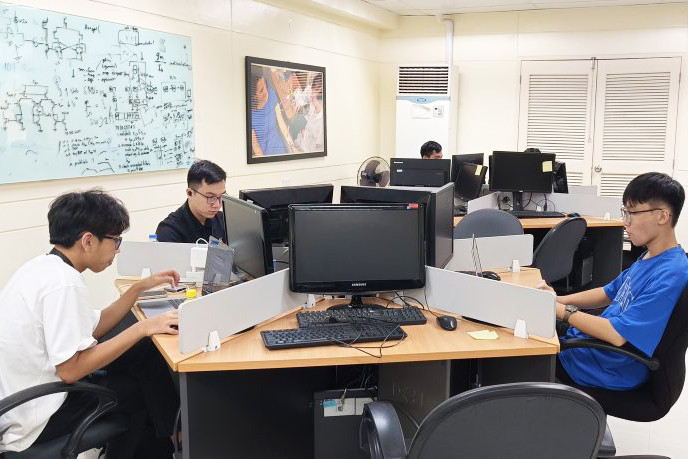
The US and Europe consider chip manufacturing a top strategic priority. More and more new chip manufacturing plants have been built in the US, Europe and Asia. According to the Semiconductor Industry Association (SIA), about $1 trillion will be invested in the field by 2030.
The global semiconductor market is now witnessing a CAGR (compound average growth rate) of 6-8 percent.
McKinsey & Company reported that from 2018 to 2022, the number of ads for recruitment of workers for semiconductor engineers soared by 75 percent. However, the labor shortage is a problem all over the globe, including in developed countries and large technology firms.
According to the US Bureau of Labor Statistics, the country will lack 300,000 engineers and 90,000 skilled technicians by 2030.
During his visit to Vietnam recently, the president and managing director of SIA, John Neuffer, expressed concern about the issue, saying that if the workforce cannot be supplemented, the US will face a serious shortage of workers in the semiconductor industry by 2030.
McKinsey & Company pointed out one-third of workers in the industry in the US are aged 55 and above.
According to ZVEI (Germany's Electro and Digital Industry) and BDI (the Federation of German Industries), one-third of workers in the semiconductor industry will reach retirement age in the next decade.
In addition to the age of workers, the semiconductor industry is facing other problems, including branding to attract technology talent.
McKinsey & Company pointed out that surveys on employers and university students all have found a lack of enthusiasm towards semiconductor brandnames.
About 60 percent of senior executives believe that semiconductor companies have images and brand recognition level weaker than other technology firms.
Students are more interested in jobs at consumer-targeting technology firms. They believe that the jobs are more interesting, and the pay and job promotion possibilities are better.
According to the Great Attrition/Great Attraction survey conducted by McKinsey & Company in March 2023, more workers in the electronics and semiconductor sectors are likely to quit their current jobs in 3-6 months.
The number of workers planning to resign in the semiconductor industry was 53 percent in 2023, much higher than the 40 percent in 2021. When asked about the reasons behind their resignation, they said they could not find opportunities for promotion in their careers (34 percent), and found the workplace inflexible (33 percent).
Analysts pointed out that the resignation trend is becoming more serious because people not only intend to quit but also leave the semiconductor industry.
In Australia, India, Singapore, the UK and US, from April 2020 to April 2022, only 36 percent of semiconductor workers who resign take other jobs in the same industry. The remaining 64 percent of workers leave the industry or retire and leave the labor market.
All of these factors explain the shortage in the workforce for the semiconductor industry. Despite huge demand, the industry is struggling to survive its labor crisis.
Prof Dr Tran Xuan Tu, head of the Information Technology Institute under Hanoi National University, said the world lacks workers for the semiconductor industry, both in manufacturing and designing.
Overwork, poor working conditions, and the lack of university students who major in STEM (Science, technology, engineering, and mathematics) and who could replace retired workers will create a big hole in the labor market.
In such conditions, India, together with Vietnam, are considered countries with great potential in exporting technical workers.
According to the National Innovation Center (NIC), Vietnam has many students majoring in engineering and technology, which is a great opportunity to develop a semiconductor industry.
Tu said, unlike other IT fields, semiconductor engineers, in addition to knowledge about software and hardware, know a lot about application.
“These are the big difficulties for hardware and microchip designers,” he said.
The expert believes that Vietnam has great advantages in its labor force, including young people's passion for technology.
Trong Dat